Article updated on October 21, 2021
Text & photographs: Claire Lessiau & Marcella van Alphen
Inaugurated only in 2008, the Oslo Opera House has already become the landmark of the Norwegian capital. Its architecture intrigues. Like an iceberg floating in the Oslo fjord, locals and tourists alike climb it to reach its roof via soft inclines or explore its warm and modern foyer. Far from the elite image of most opera houses, the Oslo Opera House is an open space decisively. It has revolutionized its area, a former shipyard cut off from the rest of the city by an ugly highway that was forced underground, and made it a favourite promenade attracting recommendable neighbours like the new Munch Museum or the bar code urbanization project. The building fascinates, and the temptation of exploring its ins and outs only grows bigger as one approaches it.
Pin it for later!

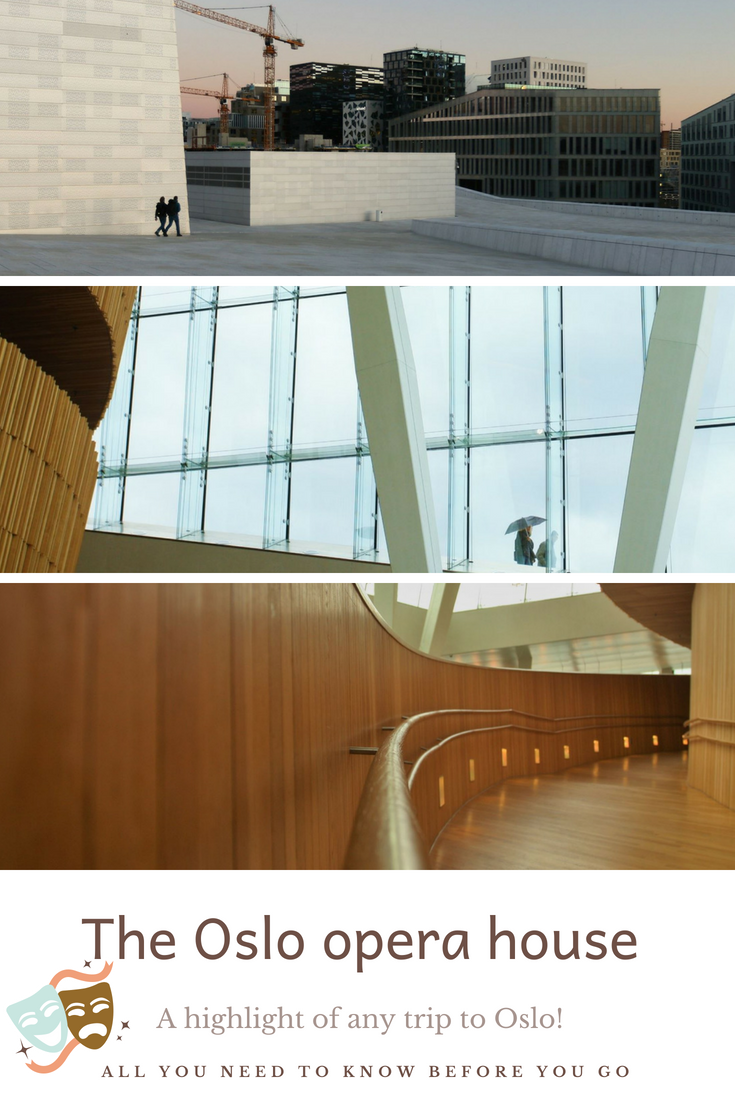
Operas and ballets are fairly recent in Oslo. It is for the king of Denmark that the first opera was played in the Norwegian capital in 1749 when most European capital already had majestic opera houses like Garnier in Paris. Still, the interest for lyrical arts had remained limited and it is only in 1958 that a building with a terrible acoustic was rented in a less than fashionable neighbourhood. About 50 people were involved and international collaborations or even shows were out of a question.
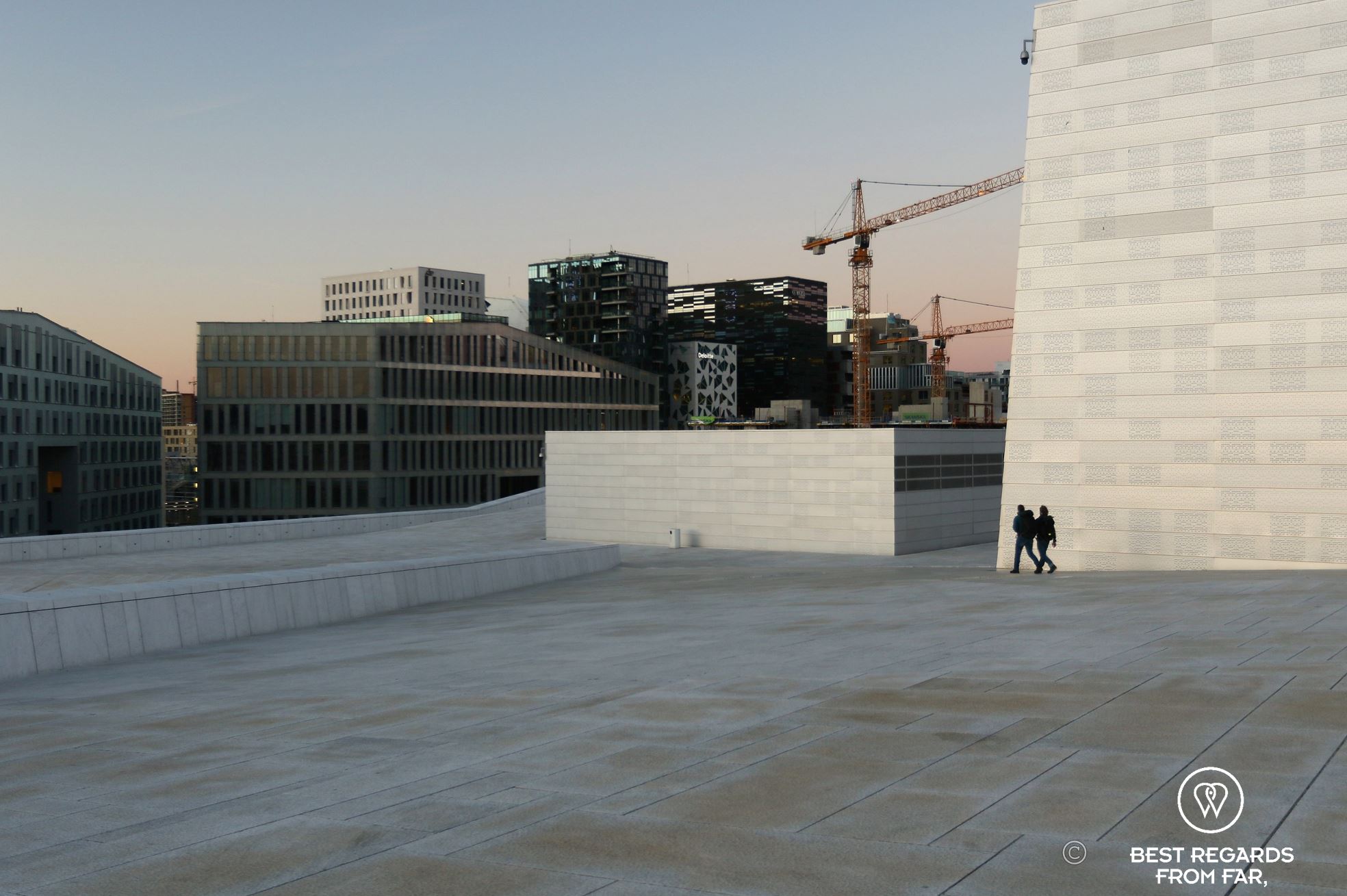
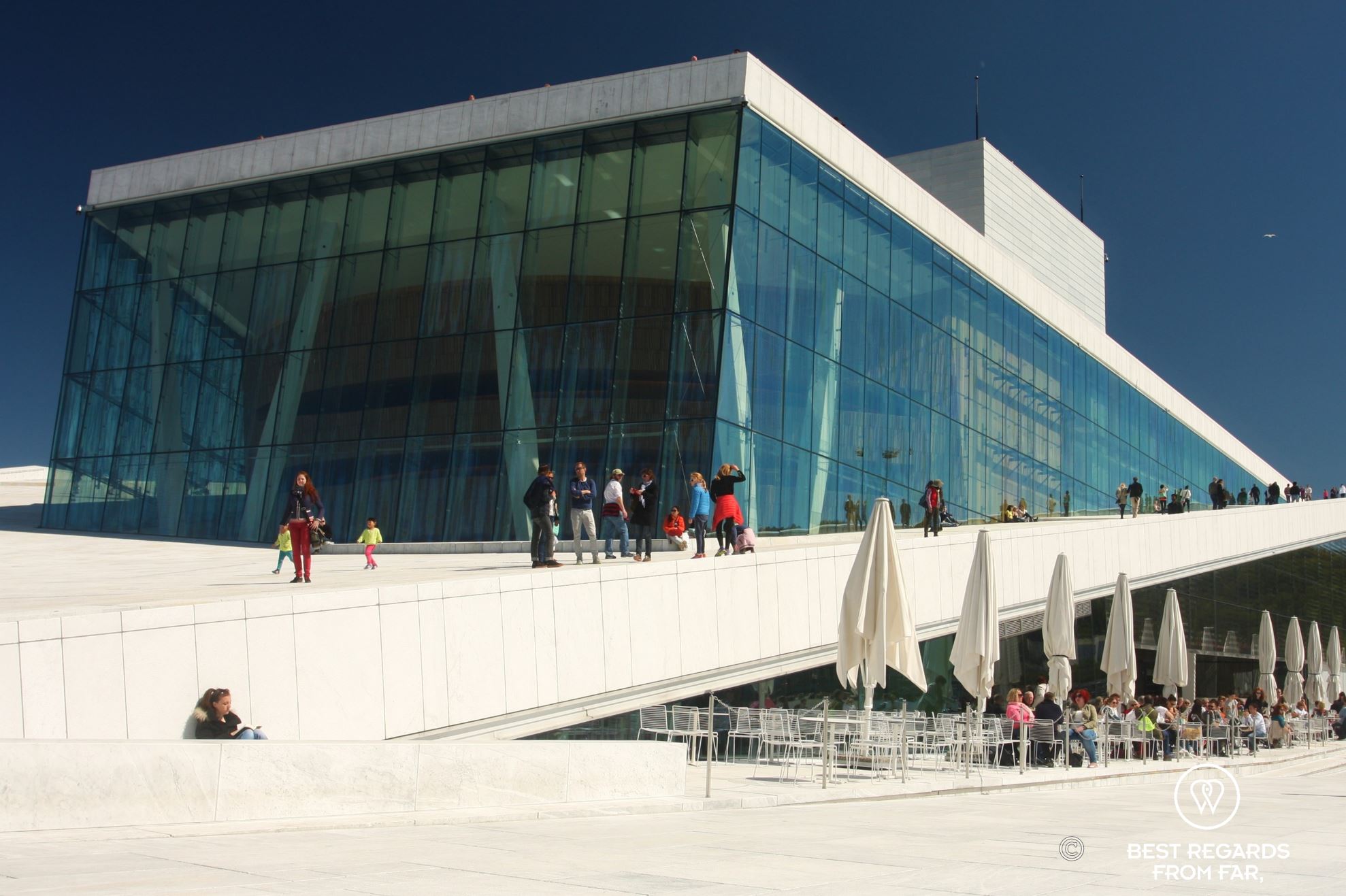

When the government of Norway decided to build the first opera of the country, an international and anonymous contest was held in 1999. 248 firms competed, and it is the Oslo-based design office Snøhetta (also famous for the library of Alexandria or the Ground 0 memorial) that won! Even better, the opera was completed ahead of schedule and budget by about 7% (totalling about 5500 million Euros)! Since then, this building has kept receiving prestigious international awards such as the World Architecture Award, the European Prize for Urban Public Space, and The Global Award for Sustainable Architecture.

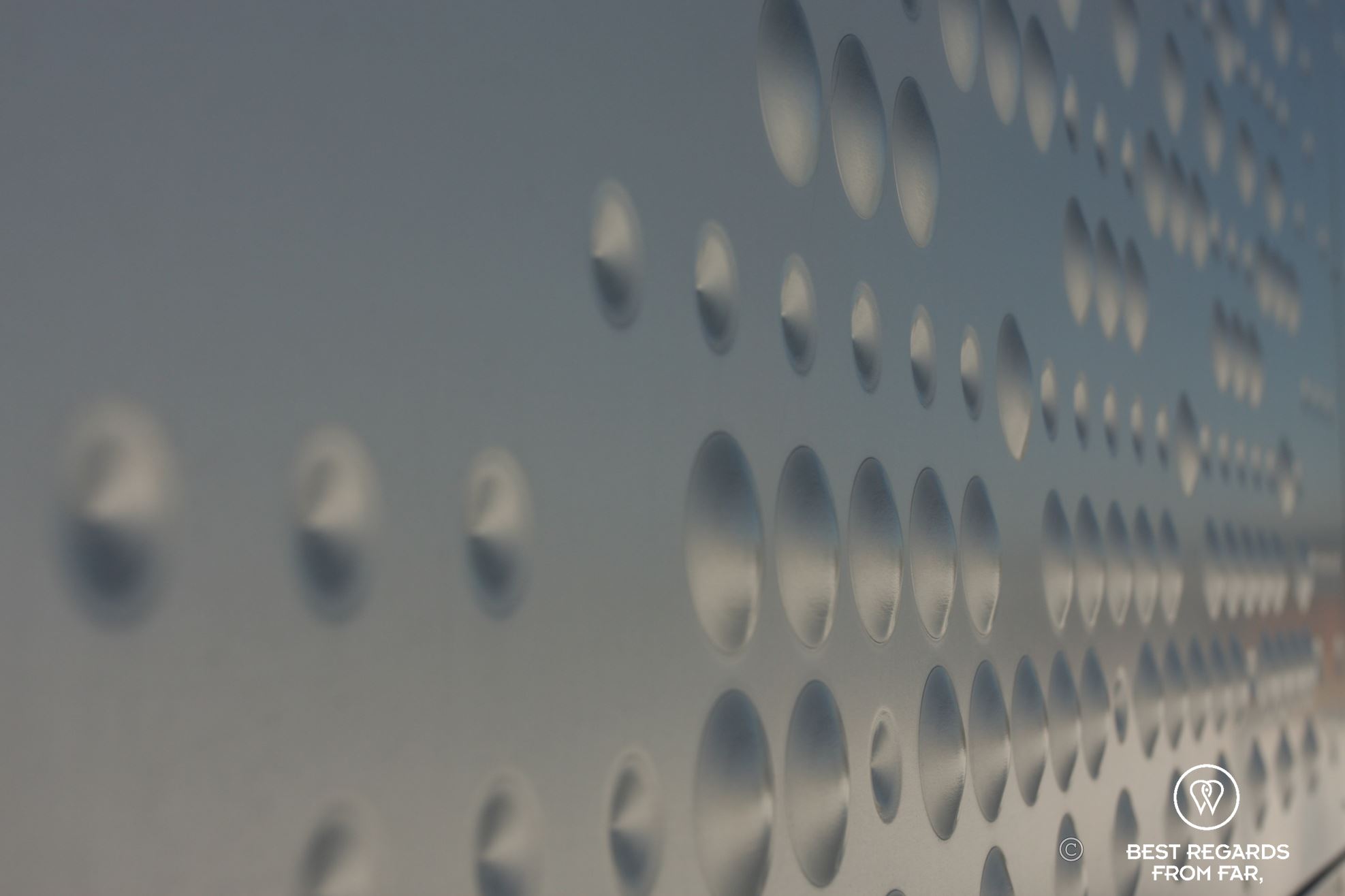
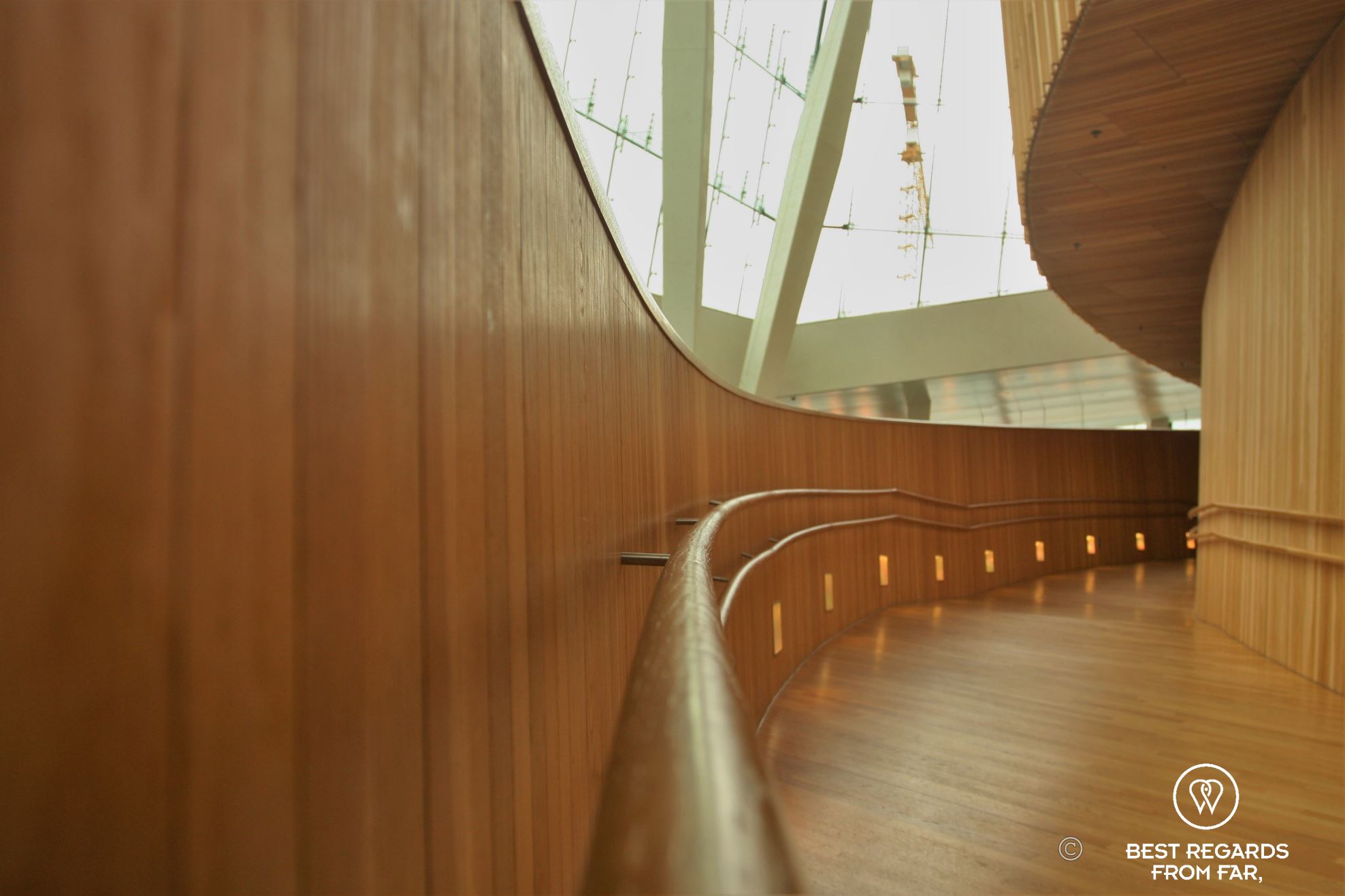
Beyond the daring architecture, today, 620 people representing 54 professions and 40 nationalities work in the 1,100 rooms of the Oslo Opera House. Costumers, physical therapists, musicians, carpenters, dancers, painters, make-up artists, singers… They all contribute to creating a fabulous experience for the spectator.
Observing the preparation back stage, we cross path with the dancers that will illuminate the Swan Lake that is on show tonight. The costume department tells so many stories at the same time. The nutcracker, Manon, Don Pasquale… I recognize the costumes of many productions, all taking me to their very own universe. Sewing, ironing, designing, cleaning, fixing… A whole team carefully handles these precious fabrics.
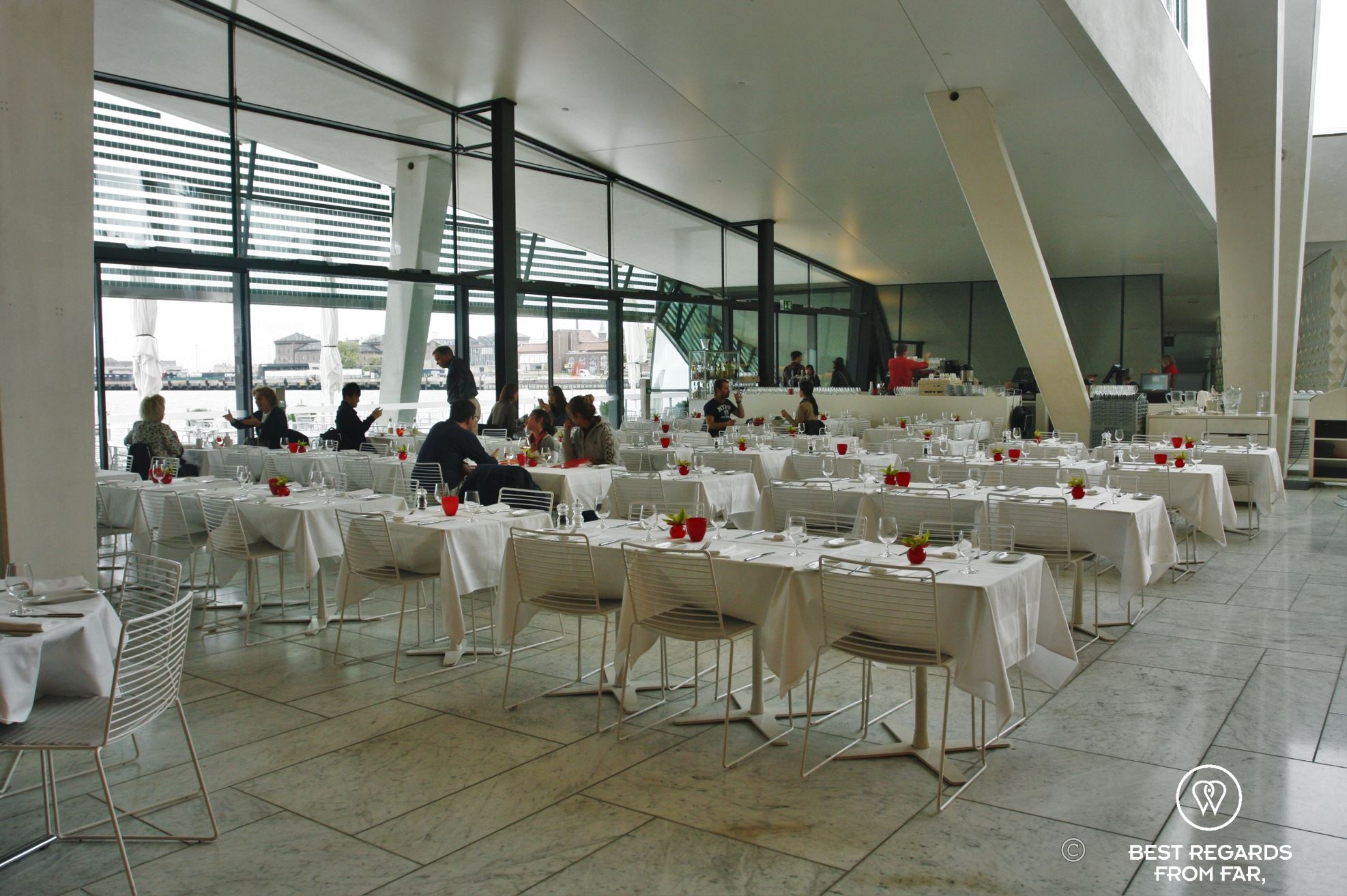




A bit further, right behind the stage, I recognize the decor of the Swan Lake. A small 50-centimetre wide mock up is reproduced in real size in what looks like a huge hangar. Five different productions can be held at the same time thanks to a revolving scene, and roomy spaces down (16 metres) or up the stage (27 metres) to store scenic elements. Elevators make it all work and can also shape the stage to adapt to any production.
After taking a peak into the ins and outs of the Oslo Opera House, we appreciate tonight’s performance even more. As we follow the oak corridor in warm colours, we feel like we are getting closer to the art. Entering the orchestra area, the majestic hall opens up with its comfortable 1350 seats. A few minutes later, the gracious Princess Odette turned into a swan evolves by Prince Siegfried’s side, the court elegantly dances in the opulent hall of the palace with colourful and rich costumes, and the dark Rothbart deploys his evil plan to the famous music of Tchaikovsky masterfully played by the orchestra.

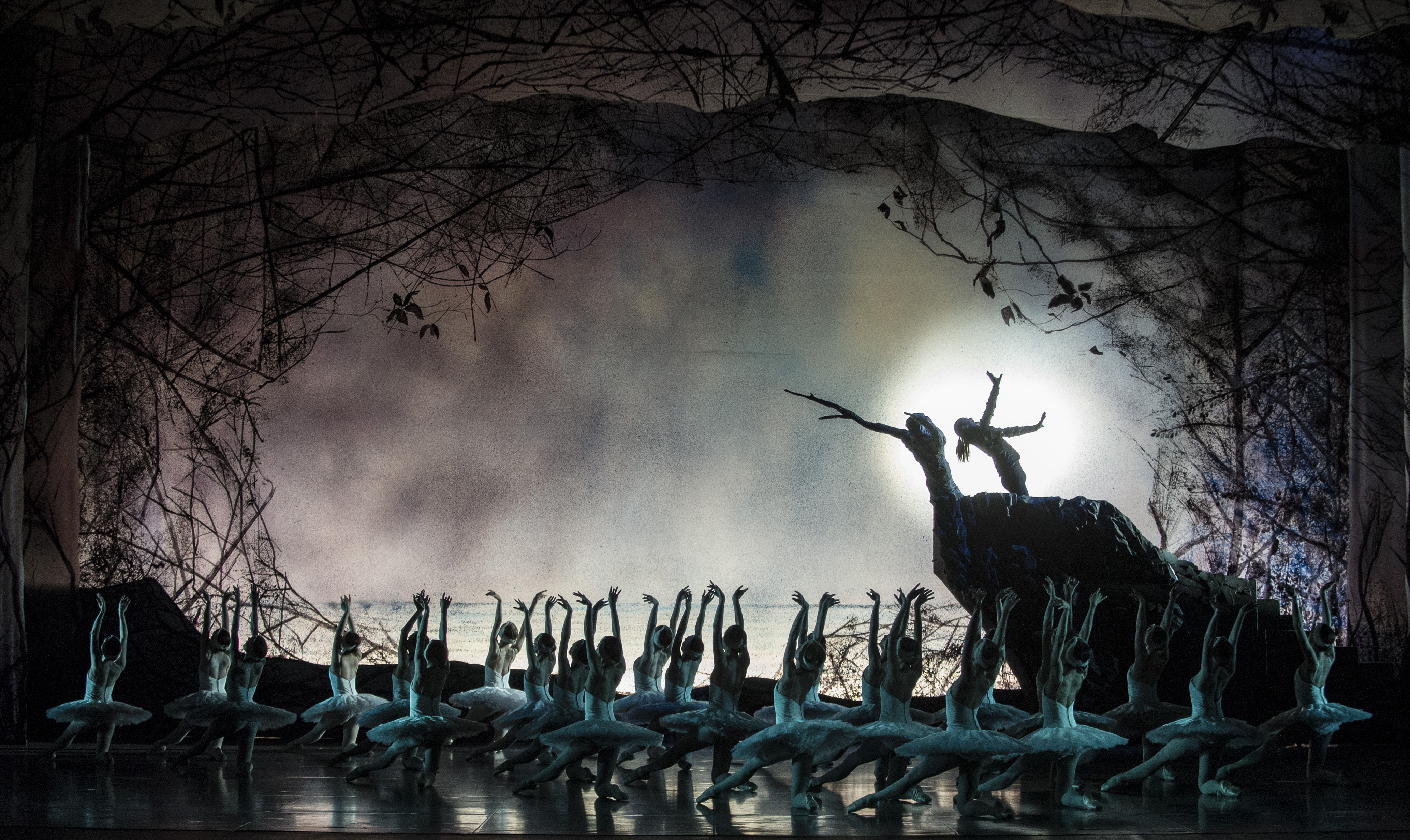

As we sip a glass of champagne during the recess, taking in the sunset on the Opera House. A few swans are floating on the fjord in the warm light as if echoing the show. We rush back inside for the closing act hoping that it will last longer and that we will be back soon for another performance in this magical iceberg.

Travel tips:
- While in Oslo, explore the opera house and enjoy the building: climb on the roof and visit the foyer.
- Take a tour of the opera house to see what is going on behind the scenes and visit this stunning building! Of course, the best way to experience it is to attend a performance.
- The Oslo Pass grants you a discount on the tour of the opera house and allows you to use transport for free in the capital.
- Check out this interactive map (quick tutorial) for the specific details to help you plan your trip and more articles and photos (zoom out) about the area!
For more in Oslo:
For more in Norway:



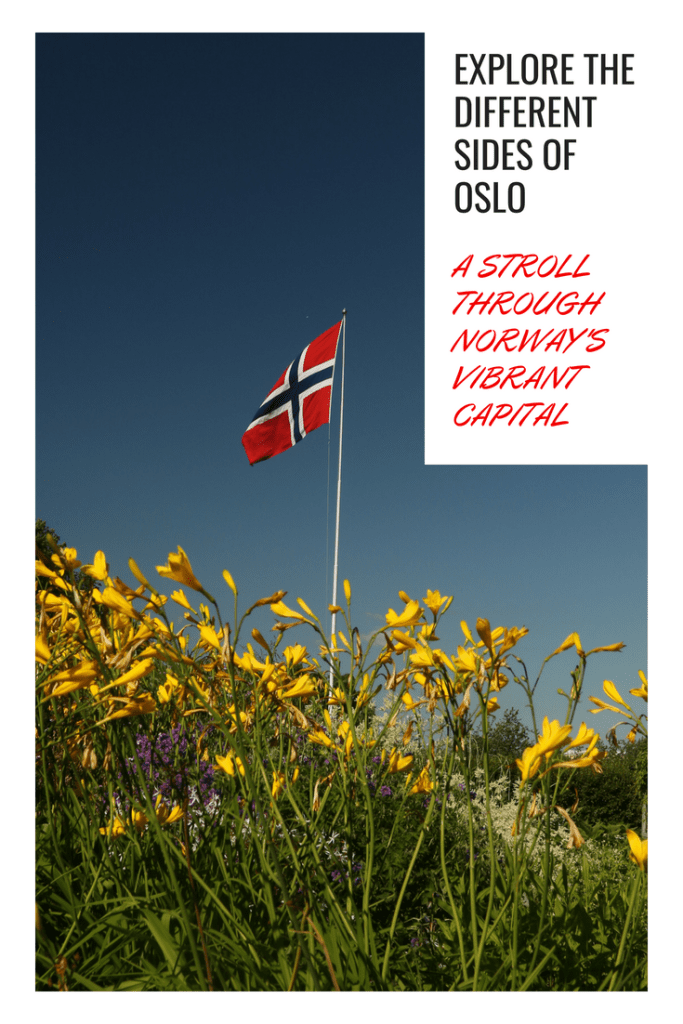
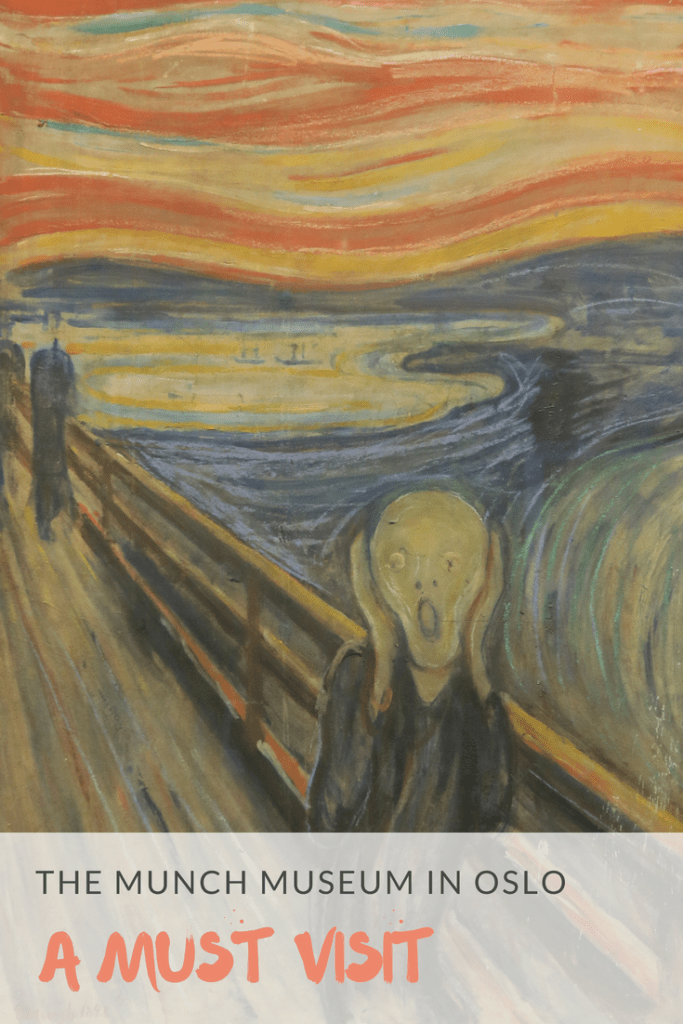





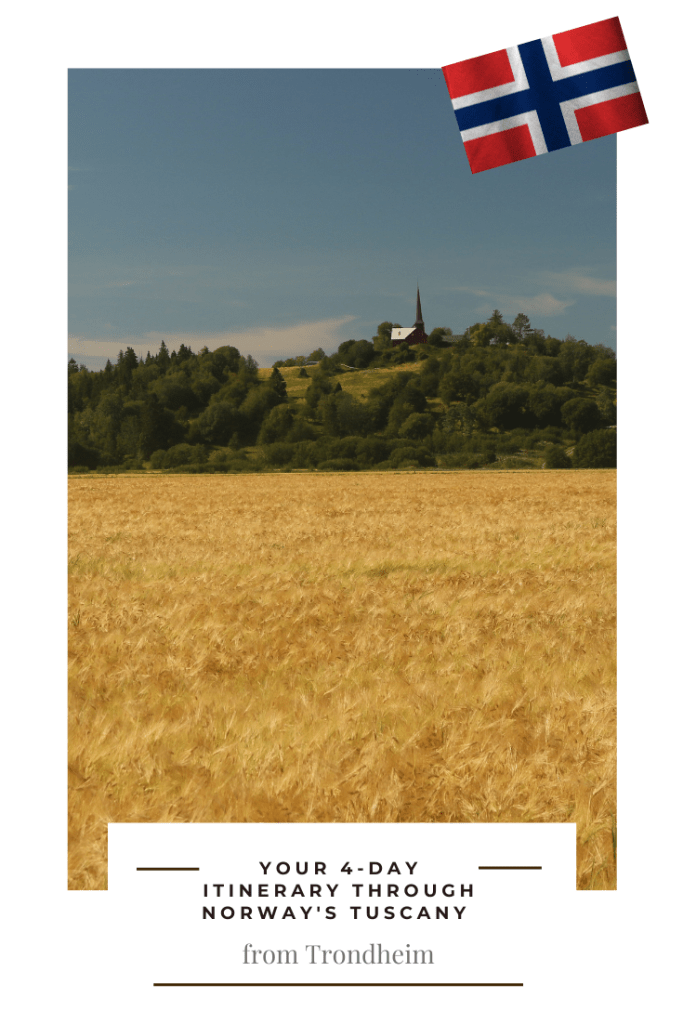




29 Comments Add yours